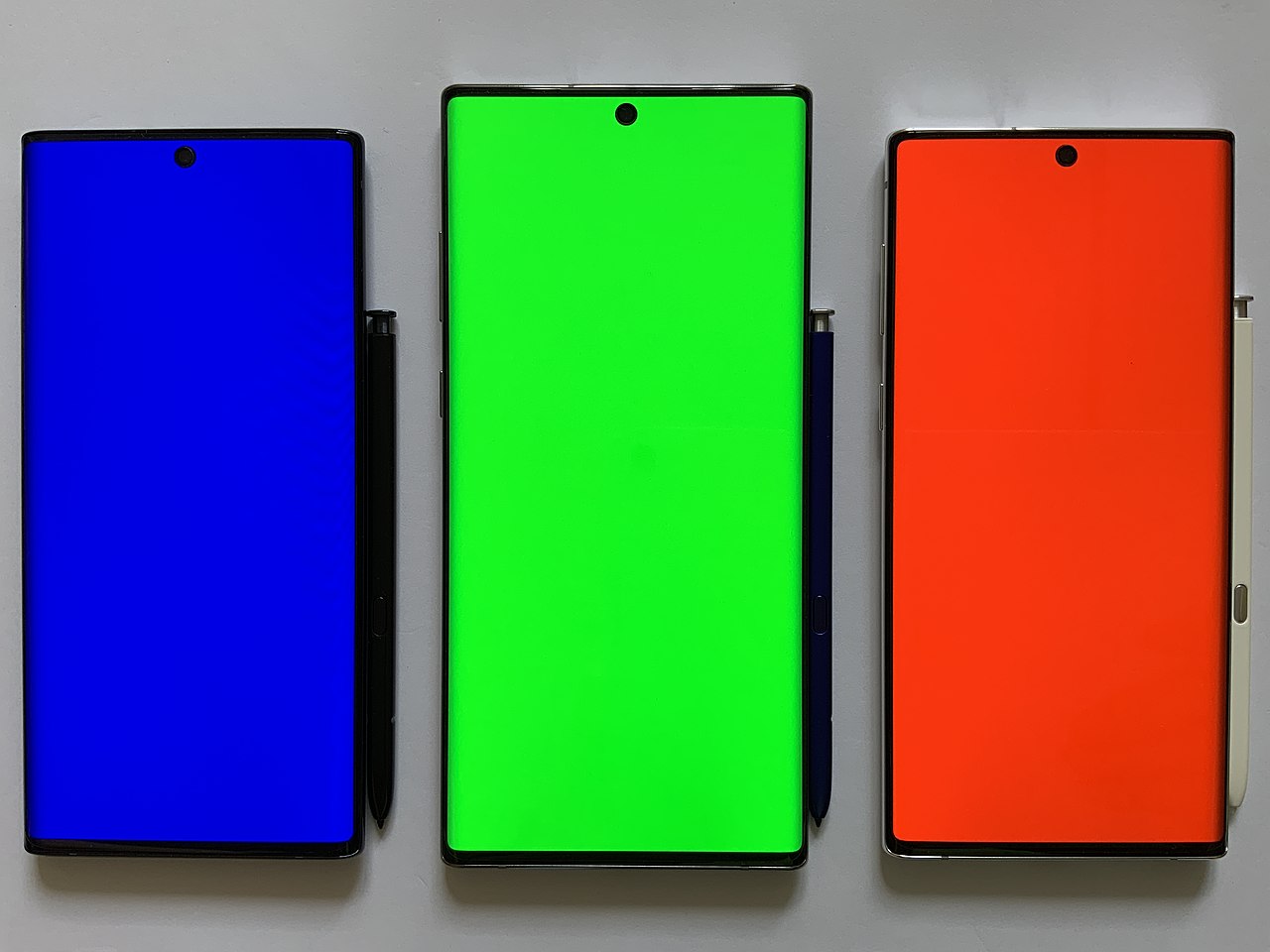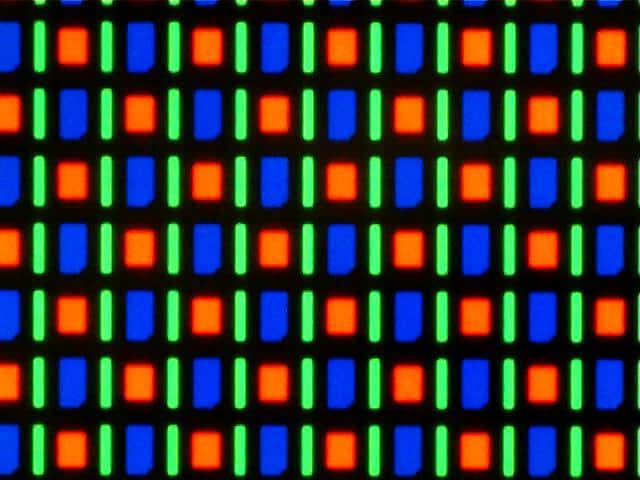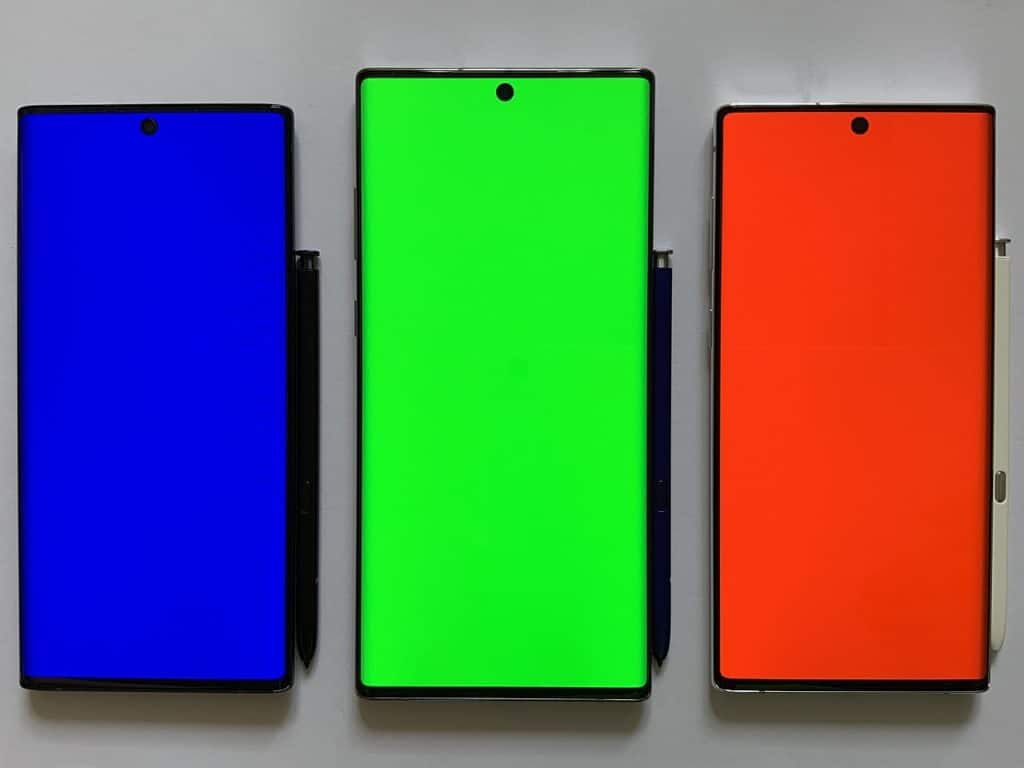Phones
Super AMOLED vs Dynamic AMOLED: Review

AMOLED, which stands for Active-Matrix Organic Light Emitting Diodes, is a type of display technology commonly used in modern smartphones, tablets, and TVs. It’s valued for its vibrancy, color accuracy, and energy efficiency. Two popular iterations of this technology are Super AMOLED and Dynamic AMOLED displays, both pioneered by Samsung.
This article aims to examine both Super AMOLED and Dynamic AMOLED technologies in depth, understanding their specifics, advantages, disadvantages, and common use cases. It will then pit them against each other in a direct comparison, considering aspects such as display quality, power consumption, durability, and cost.
Understanding Super AMOLED
What is Super AMOLED?
Super AMOLED, or Super Active Matrix Organic Light Emitting Diodes, is an AMOLED technology with an integrated touch sensor. In conventional AMOLED displays, the touch sensor is a separate layer. By integrating the sensor into the display itself, Super AMOLED achieves a thinner form factor, reduced glare, and improved visibility in bright conditions.
Technical Specifics of Super AMOLED
Super AMOLED offers a high degree of color accuracy and contrast. Each pixel in the display can be individually lit, allowing for perfect black levels and an infinite contrast ratio. Super AMOLED displays also have a rapid refresh rate, which results in smoother animations and transitions.
Advantages and Disadvantages of Super AMOLED
Super AMOLED displays boast numerous advantages. Firstly, they offer superior color reproduction and deep blacks due to their capacity for pixel-level light emission. Secondly, the integrated touch sensor makes them thinner and more responsive than traditional AMOLED displays. Thirdly, they perform exceptionally well in bright environments.
On the flip side, Super AMOLED displays do have some drawbacks. They tend to be more expensive to produce, which can increase the final cost of the device. Moreover, while Super AMOLED displays are more energy-efficient than traditional LCDs, they can still consume a significant amount of power when displaying bright or white content.
Common Use Cases for Super AMOLED
Super AMOLED displays are widely used in the smartphone industry, particularly by Samsung. Flagship models such as the Samsung Galaxy S20 and S21 series feature Super AMOLED screens, delivering vibrant, crisp visuals and smooth performance.

Delving into Dynamic AMOLED
What is Dynamic AMOLED?
Dynamic AMOLED is an upgrade to the Super AMOLED display, introducing several new features. It’s designed to offer a dynamic range of colors that adapt to different lighting conditions, thus offering a more comfortable viewing experience.
Technical Specifics of Dynamic AMOLED
A Dynamic AMOLED display boasts HDR10+ support, providing a broader color spectrum and deeper blacks than a regular Super AMOLED screen. Furthermore, this technology reduces harmful blue light without affecting the color quality, contributing to eye comfort.
Advantages and Disadvantages of Dynamic AMOLED
One of the main advantages of Dynamic AMOLED displays is their HDR10+ support, which ensures superior color reproduction and contrast. They also mitigate harmful blue light more effectively than previous iterations of AMOLED technology, offering a more comfortable viewing experience.
However, Dynamic AMOLED displays are even more costly to manufacture than Super AMOLED displays, which can drive up the price of the device. Plus, the high-resolution, high-contrast visuals can consume a lot of power, especially when displaying bright or colorful content.
Common Use Cases for Dynamic AMOLED
Dynamic AMOLED displays are typically found in high-end smartphones and tablets. Samsung’s Galaxy S10 and newer series, as well as the Galaxy Note 10 and newer, are equipped with Dynamic AMOLED displays. These devices are appreciated for their exceptional visual performance and user comfort.
Direct Comparison: Super AMOLED vs Dynamic AMOLED
Display Quality Comparison
In terms of display quality, both Super AMOLED and Dynamic AMOLED offer superior performance. However, Dynamic AMOLED has the edge due to its HDR10+ support, which offers a wider color gamut and more precise color accuracy.
Power Consumption Comparison
Both Super AMOLED and Dynamic AMOLED are more energy-efficient than traditional LCD displays. However, both consume significant power when displaying bright or white content, with Dynamic AMOLED generally consuming more due to its higher resolution and contrast.
Durability Comparison
While both display types are robust, Dynamic AMOLED screens are often associated with higher-end devices that may have additional durability features, such as stronger screen glass or water resistance.
Cost Comparison
Due to the more advanced technology and features, Dynamic AMOLED displays tend to be more expensive than Super AMOLED displays, both in terms of manufacturing cost and the final price of the device.

Conclusion
Both Super AMOLED and Dynamic AMOLED provide superior display performance compared to traditional LCD screens, though Dynamic AMOLED holds a slight edge in color accuracy and range. However, these benefits come at a cost, both financially and in terms of power consumption.
Choosing between the two will largely depend on your personal needs and preferences. If you’re seeking the best possible display quality and aren’t overly concerned with cost or battery life, a Dynamic AMOLED display is likely the better choice. Conversely, if you’re seeking a balance between cost, energy efficiency, and display performance, a Super AMOLED display may be more suitable.
As technology advances, we can anticipate further developments in display technology. One thing’s for sure: whether you choose Super AMOLED or Dynamic AMOLED, you’ll be getting a top-tier display.
-
Fun & Entertainment5 months ago
Best PS2 Emulator For Android: 6 Options For Nostalgic Gamers
-
Tech6 months ago
PS5 Backwards Compatibility: Full & Easy To Understand Guide
-
Tips and Tricks6 months ago
How To Change Name On Instagram: 2 Quick & Easy Solutions
-
Cool gadget5 months ago
Why Does My Chromebook Keep Turning Off: 7 Issues & Fixes
-
Tech5 months ago
Why Is My Face ID Not Working: Troubleshooting Guide (2024)
-
Business4 months ago
Instagram Promotion: 4 Best Places To Buy Real Followers & Likes
-
Phones4 months ago
Best SMS App For Android: 9 Best Choices For Your Privacy
-
Fun & Entertainment4 months ago
Streaming Services With Live TV: 5 Top Choices For Everyone














































